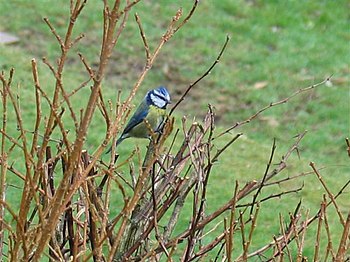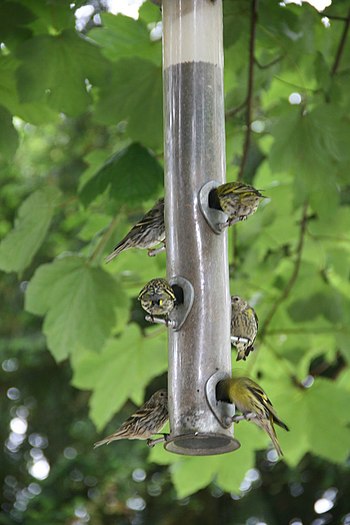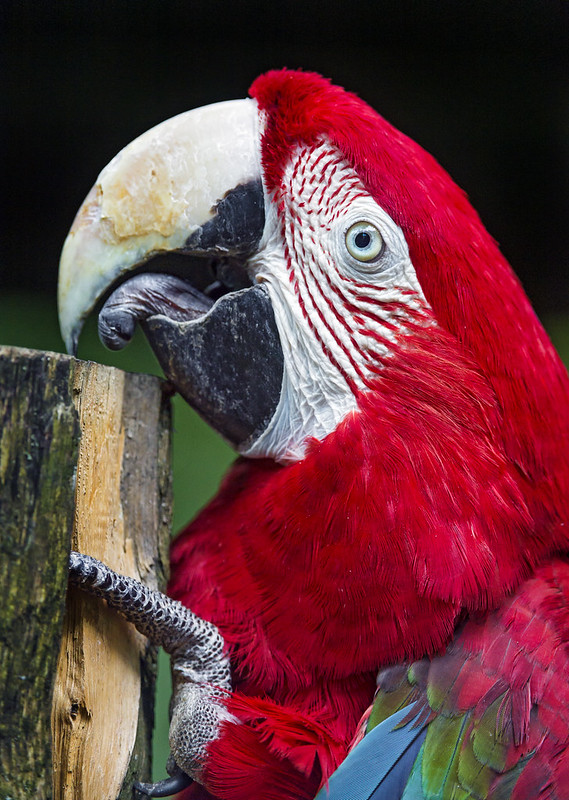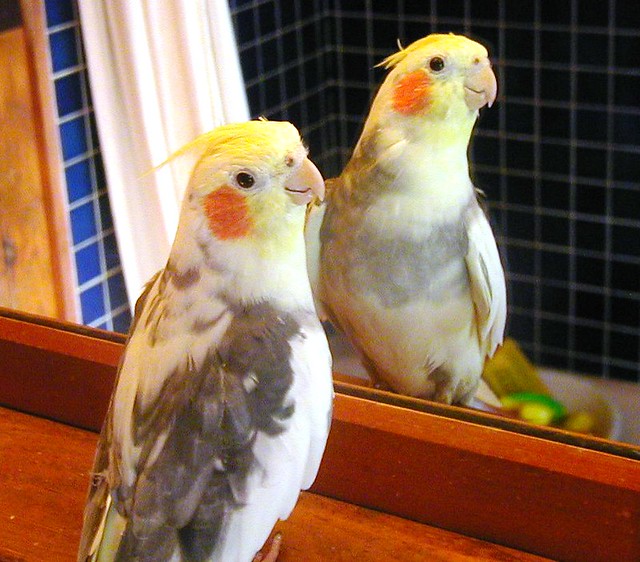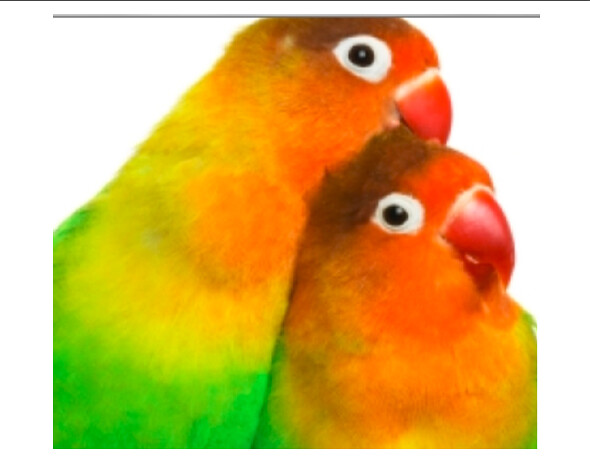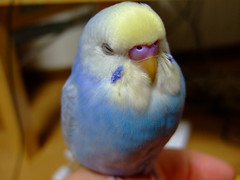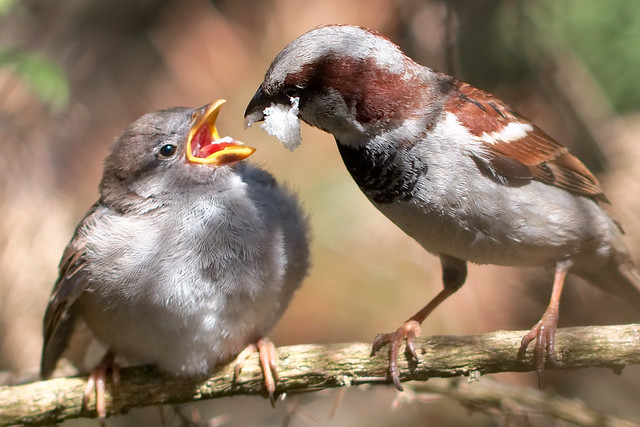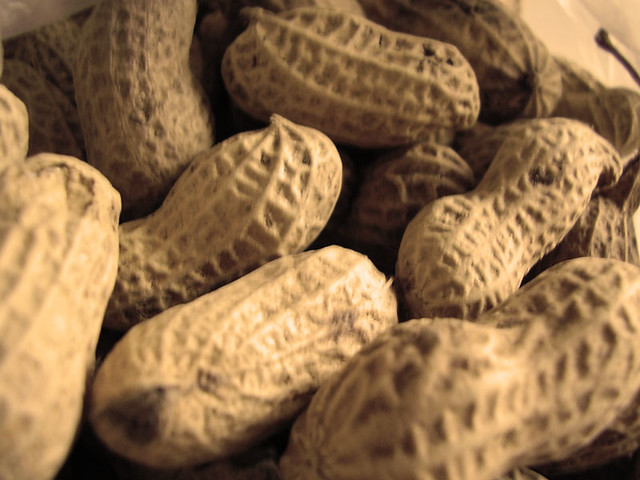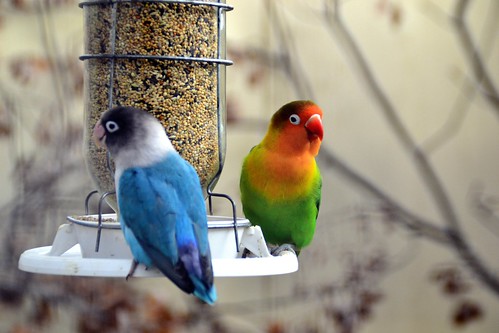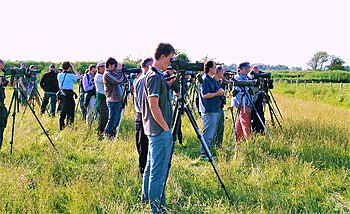 |
| Birders at Caerlaverock, watching Britain's fifth White-tailed Lapwing (Photo credit: Wikipedia) |
The Birders
May it is in the UK or in the United States, birders say that what they are doing is far from just a pastime or a relaxation thing. For them, they do such to study not only the species of birds but also their patterns. They don't base their analogies on mere observation and they invest in the latest optical equipment to strengthen their claims.
Instead of going where the birdwatchers usually go, the birders are always on the lookout for new and unexplored sites, hoping to find more information. They would even allow a budget for travel, however far it will take them, just to expand their knowledge and to discern a lot more about the subject that they are most interested in, birds.
The Birdwatchers
These people go about bird watching by only observing with their eyes. They may also opt for binoculars but aren't really focusing on the technology. They wouldn't care if their apparels are not the latest in the market, they can even go about without those gadgets. What's important is that they get a sense of fulfilment from what they are doing, they get to relax, see the birds and enjoy the sights.
The birdwatchers couldn't care less where they do their stuff. They would even do it in their own backyards or just go to nature reserves nearest to them. If they happen to be on vacation, they can do it wherever they are, whenever they please to do it. These people have the love for the birds but don't really want to take that feeling further by going the scientific route, because by doing so, they might miss out the fun that they intend to have.
The Right Time
Bird watching on regions that have temperate weather are most active in the spring and fall migrations. During such time, the widest array of birds could be seen as these birds relocate northbound or southbound in trying to find nesting sites.
For the hobbyists and professionals, it is advisable to do the act in the early morning where the birds are looking for food. This way, observation can be done at a lengthier time and you can see them easily while they are onto their task.
This type of bird watching is for people who would go near coastal areas to find watchpoints like the headland to be able to see the birds flying over to the sea. The birds that can be observed from such are called the pelagic kinds. The pelagic species of birds can also be observed when one is aboard a seagoing vessel.
Proper Etiquette
Whether you're a birder or a birdwatcher, you should always look out for the well-being of the birds and also have some positive notes on what you are doing. You can lead the way to promote cleanliness of the environment so that the natural habitat of this kind wouldn't be harmed. Also, you should be vigilant about the latest technology when you use them as part of the activity, that it won't affect the birds in a negative manner.
Bird watching may just be a hobby but one that must be done with passion and concern for the birds and their welfare.





